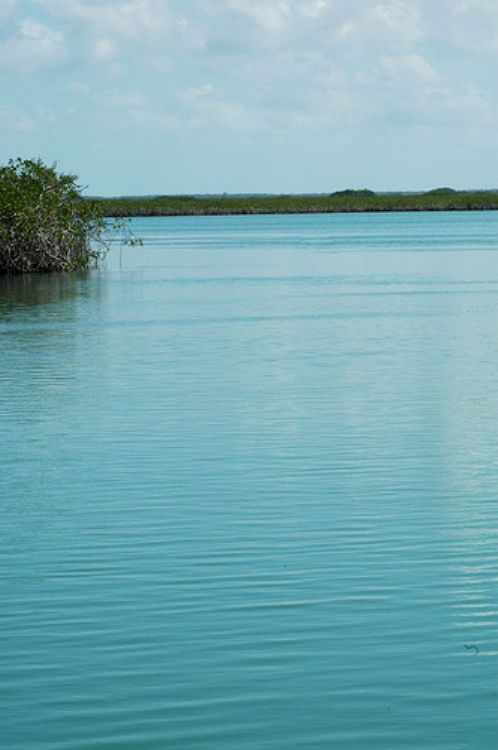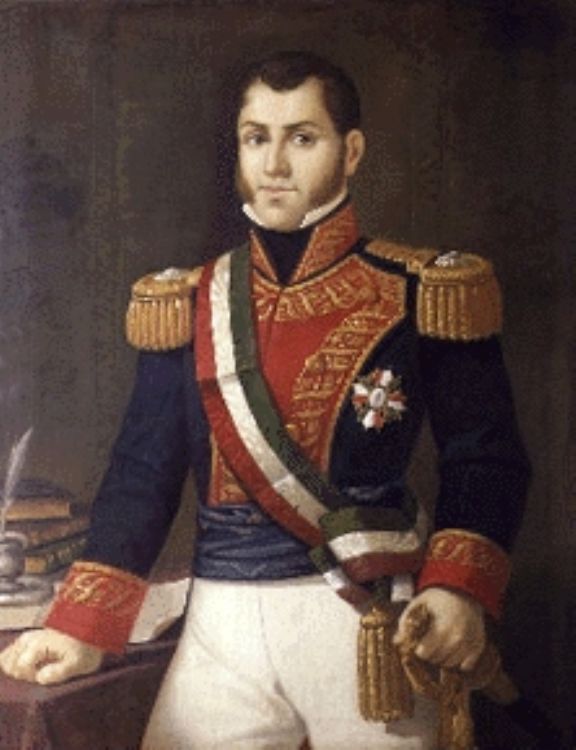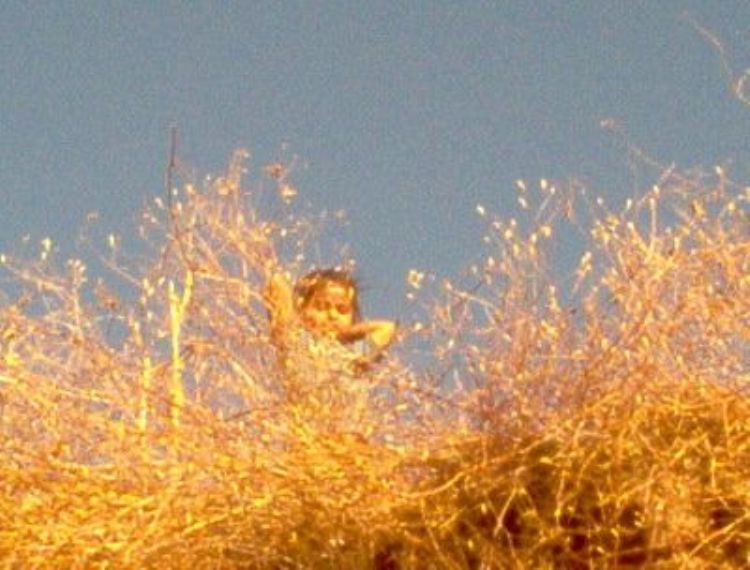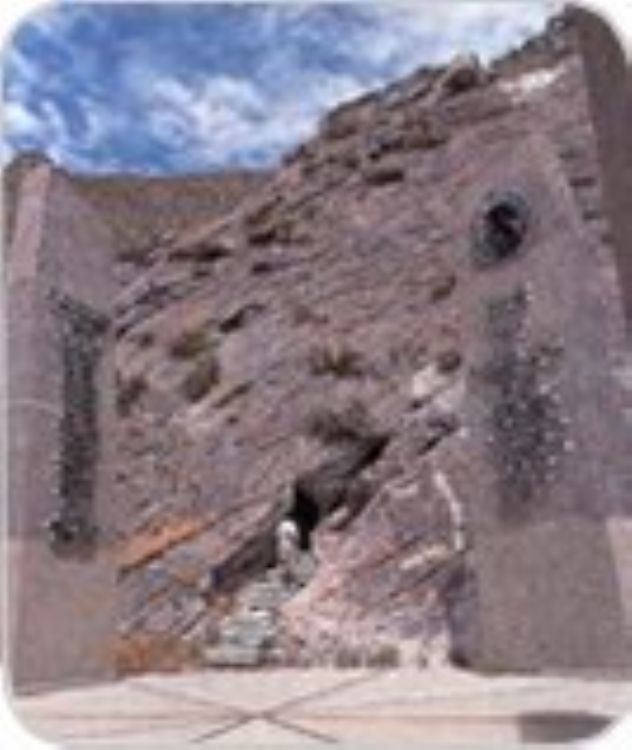Natural World Heritage Sites in Mexico

Sian Kaâan (Date of inscription: 1987)
This biosphere reserve is a complex hydrological system named by the Mayan who once inhabited this region, Sian Ka'an means 'Origin of the Sky'. Located on the east coast of the Yucatán peninsula, this biosphere reserve contains tropical forests, mangroves and marshes, as well as a large marine section intersected by a barrier reef. It is the habitat of a remarkably rich flora and a fauna, including more than 300 species of birds and a large number of the region's characteristic terrestrial vertebrates. Facing its coast, in the Caribbean Sea, is the second largest coral reef in the world.
Whale Sanctuary of El Vizcaino (Date of inscription: 1993)
Located in the peninsula of Baja California, this sanctuary contains some exceptionally interesting ecosystems. It has been inscribed by UNESCO for the universal value as a reproduction and wintering site for the grey whale, harbor seal, California sea lion, northern elephant-seal and blue whale and four species of the endangered marine turtle. The gray whale makes a 22,000 km round trip at an average speed of 10 km/hr, believed to be the longest yearly migration of any mammal.
Islands and Protected Areas of the Gulf of California (Date of inscription: 2005)
Known by Jacques Cousteau as âthe aquarium of the worldâ, this site gathers 244 islands, islets and coastal areas located in the Gulf of California, specifically in the Sea of Cortes. This zone is considered a natural laboratory for speciation research and all major oceanographic processes occurring throughout the planet are present here. Its dramatic beauty is formed by rugged islands with high cliffs and sandy beaches, in contrast with its surrounding desert. It is a diverâs paradise for the abundance of marine life, spectacular submarine forms and high water transparency.
It is considered a world heritage site because it hosts 695 vascular plant species, 39% of the worldâs total species of marine mammals and a third of the worldâs marine cetacean species, more than any other site on the World Heritage List, giving it extraordinary importance for the study of marine and coastal processes. It supports the high marine productivity and biodiversity that characterize the Gulf of California and includes a diversity of habitats that range from temperate wetlands in the north to a tropical environment in the south.
Monarch Butterfly Biosphere Reserve (Date of inscription: 2008)
This biosphere spreads over 56,259 ha, within forested mountains 100 km from Mexico City. Every fall, millions of butterflies fly from Canada and United States to this forest reserve, where they spend the winter hibernating. Moving at a pace of almost 50 miles a day, these insects travel 2,800 miles or more between their starting and ending points. Even more remarkably, the ones that return to the places where Monarchs hibernate have never been there before, these are the great-great-great-grandchildren of those that performed the intrepid journey from southeast Canada and the United States to central Mexico. Their lives are threatened along the journey by storms, illnesses and predation by birds.
The preservation of this forest ecosystem in Mexico is critical for the survival of the Monarch butterfly wintering, which has been recognized as an endangered biological phenomenon. The priority of world butterfly conservation efforts is to protect this natural world heritage site.
Artículo Producido por el Equipo Editorial Explorando México.
Copyright Explorando México, Todos Los Derechos Reservados.
Foto: Julie-Chen






